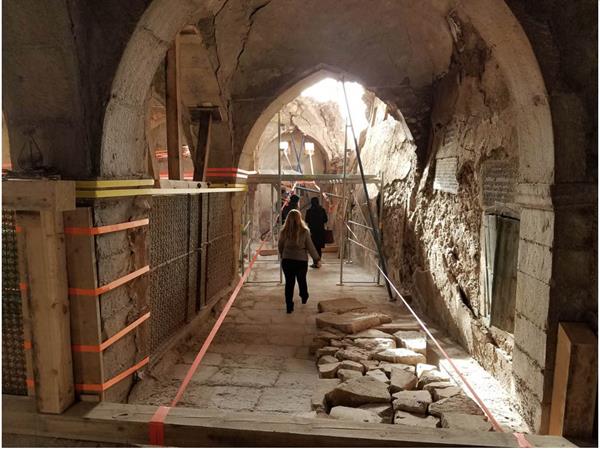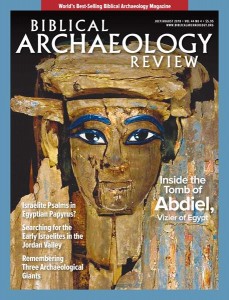
The tomb of the prophet Nahum will survive to see another day.
On the Nineveh Plains in northern Iraq—just 30 miles northeast of Mosul—lies the town of al-Qosh. Many believe this to be the hometown of the Biblical prophet Nahum, whose writings predicted the fall of the Assyrian empire. Nahum’s tomb is enclosed within al-Qosh’s historic synagogue. While the prophet lived in the seventh century B.C.E., his legendary tomb dates to 1173 C.E. It became a popular Jewish pilgrimage destination—but is also revered by Christians and Muslims.
By around 1950, al-Qosh’s Jewish community had deserted the town due to hostility from the government. The remaining inhabitants—mostly Christian—did their best to protect the site, but decades of war, conflict, and lack of resources took their toll. The shrine fell into disrepair with part of its roof caving in, some walls crumbling, arches cracking, and columns tilting.
It was then—in 2017—that the Alliance for the Restoration of Cultural Heritage (ARCH) actively stepped in. Teaming up with the GEMA Art Group, a Czech company specializing in historic restorations, ARCH managed to stabilize the shrine and stop its deterioration. The community of al-Qosh welcomed the restoration efforts and hope that soon pilgrims will begin visiting the prophet’s tomb once again.
More work needs to be done, and ARCH is already fundraising to support these efforts. But at least for now, Nahum’s tomb has been saved.
Already a library member? Log in here.
Institution user? Log in with your IP address.

